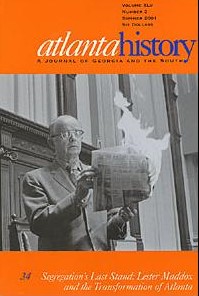
A Black Women’s History of the United States
Boston: Beacon Press | 2020 (Revisioning American History Series)
In centering Black women’s stories, two award-winning historians seek both to empower African American women and to show their allies that Black women’s unique ability to make their own communities while combatting centuries of oppression is an essential component in our continued resistance to systemic racism and sexism. Daina Ramey Berry and Kali Nicole Gross offer an examination and celebration of Black womanhood, beginning with the first African women who arrived in what became the United States to African American women of today.
A Black Women’s History of the United States reaches far beyond a single narrative to showcase Black women’s lives in all their fraught complexities. Berry and Gross prioritize many voices: enslaved women, freedwomen, religious leaders, artists, queer women, activists, and women who lived outside the law. The result is a starting point for exploring Black women’s history and a testament to the beauty, richness, rhythm, tragedy, heartbreak, rage, and enduring love that abounds in the spirit of Black women in communities throughout the nation.
“Remarkably comprehensive and accessible, introductory and sophisticated, two ground-breaking historians have come together to produce a ground-breaking new history of Black women in the United States. To know the story of the United States is to know this indispensable story.”
“A powerful and important book that charts the rich and dynamic history of Black women in the United States. It shows how these courageous women challenged racial and gender oppression and boldly asserted their authority and visions of freedom even in the face of resistance. This book is required reading for anyone interested in social justice.”
“This book is a gift to anyone interested in a more complete—a more truthful—story about the United States. By starting the history about Black women on this land with us as free people and as people agitating for our freedom, by prioritizing all Black women’s voices and coming up to the present day, Dr. Gross and Dr. Berry illuminate greater possibilities for our collective freedom dreams and struggles for collective liberation.”
“A Black Women’s History of the United States is an extraordinary contribution to our collective understanding of the most profound injustices and equalities, as well as the most committed struggles to realize true justice and equality, that have shaped this nation since its birth. Through the courageous and complex voices of black women, and with deft attention to the lives that black women have led from the earliest moments of conquest and colonialism to the dawn of the 21st century, historians Kali Gross and Daina Ramey Berry have utterly upended traditional accounts of the American past in ways most desperately needed in our American present.”




















